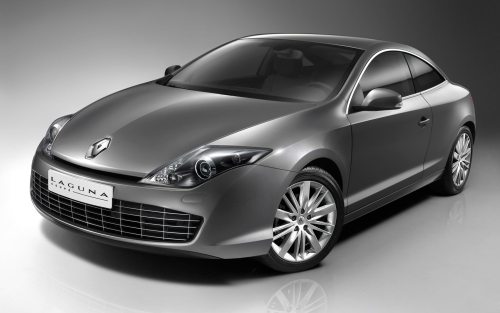
Word is that Daimler AG and Renault are very close to a German-French ‘alliance’ that includes a “symbolic” equity swap of 3%. Daimler AG would hold 3% of Renault and Renault will be taking up 3% of Daimler AG. The official word from the two companies confirm that they are in talks for some kind of collaboration, but declined to confirm that it would include an equity stake swap.
Renault-Nissan boss Carlos Ghosn said at the Geneva Motorshow earlier this year that the alliance could afford to buy stake in a third partner if needed. He did not mention who they are looking at specifically, instead just saying that the alliance was “talking to many people in the industry.” The Renault-Nissan alliance has been around for 11 years and it seems to be working for them well. Daimler’s tie-ups haven’t been particularly successful, they ‘divorced’ Chrysler not too long ago.

Renault Wind – future smart roadster?
The partnership between Daimler and Renault will most probably revolve around sharing the development costs of compact front wheel drive platforms and engines. Mercedes-Benz needs to spread the development cost of its compact front wheel drive A-Class and B-Class vehicles as well as Smart cars. It was previously in talks with rivals BMW for the same but that collaboration went down the drain as both parties ended up feeling it was necessary to have competitive differentiation in that segment that would not be possible if they shared platforms and engines.
BMW also has a French partner for its front wheel drive MINI vehicles – their transversely-installed Prince engines are shared with PSA Peugeot Citroen. They couldn’t find a platform partner so they’re instead going to share the next generation MINI front wheel drive platform with compact BMWs instead, leading to the shocking announcement last week that there would be front wheel drive compact BMWs in the pipeline.













